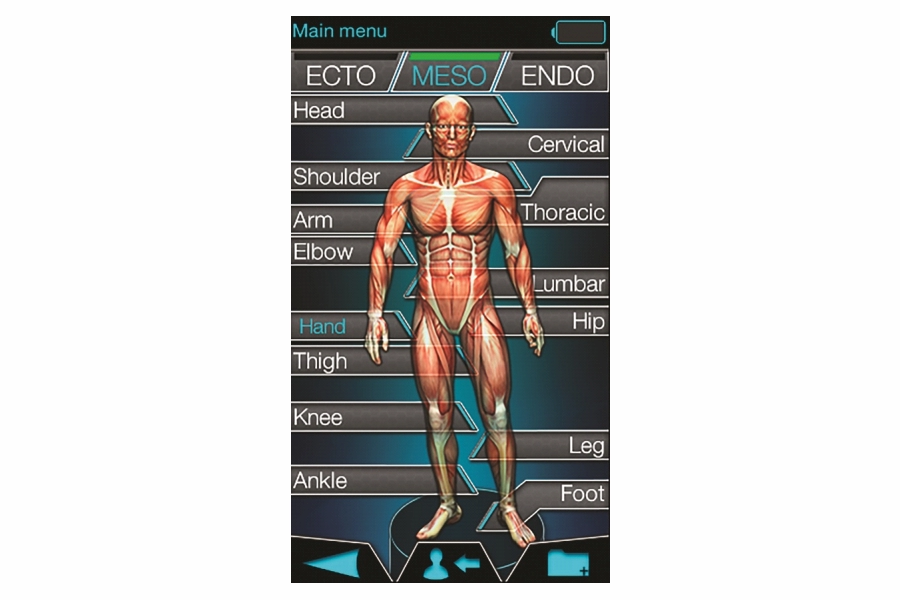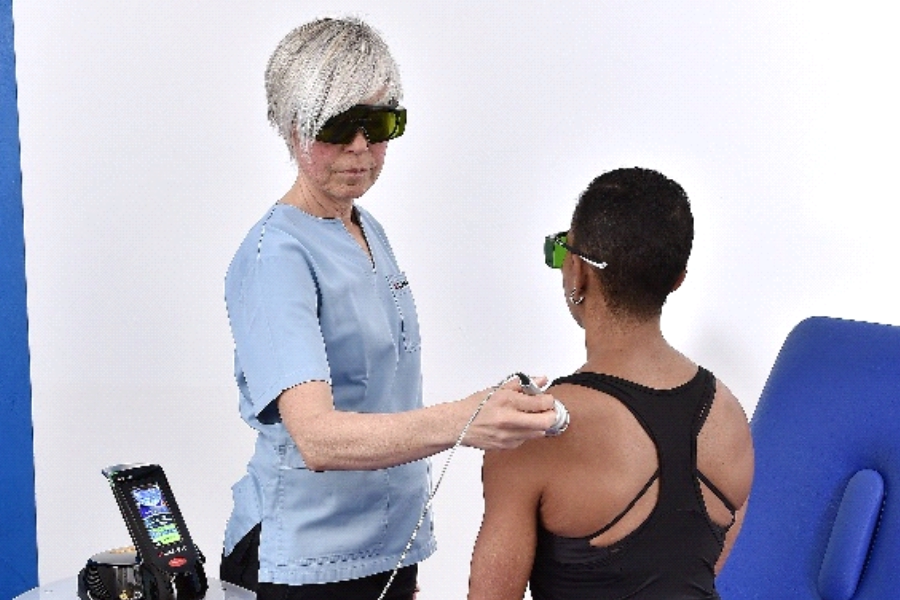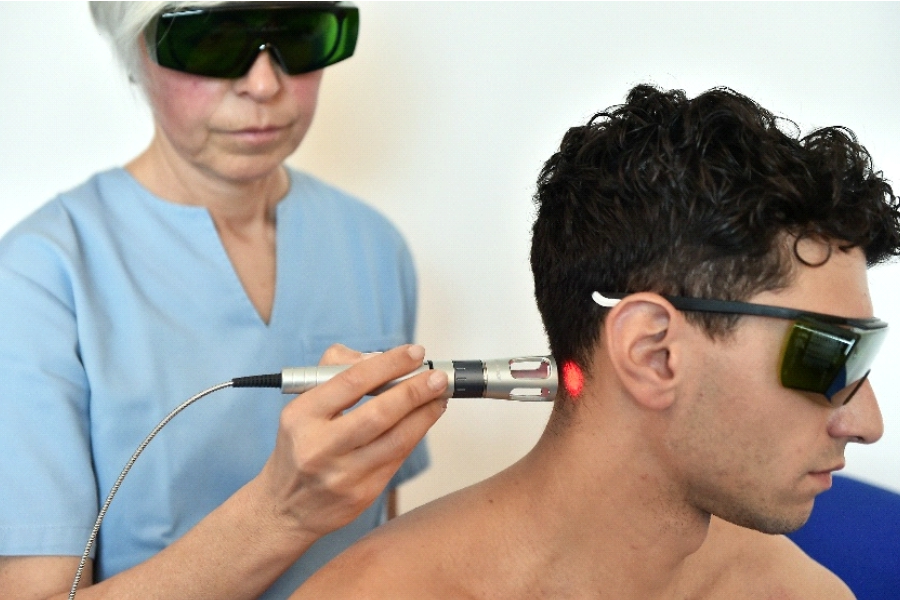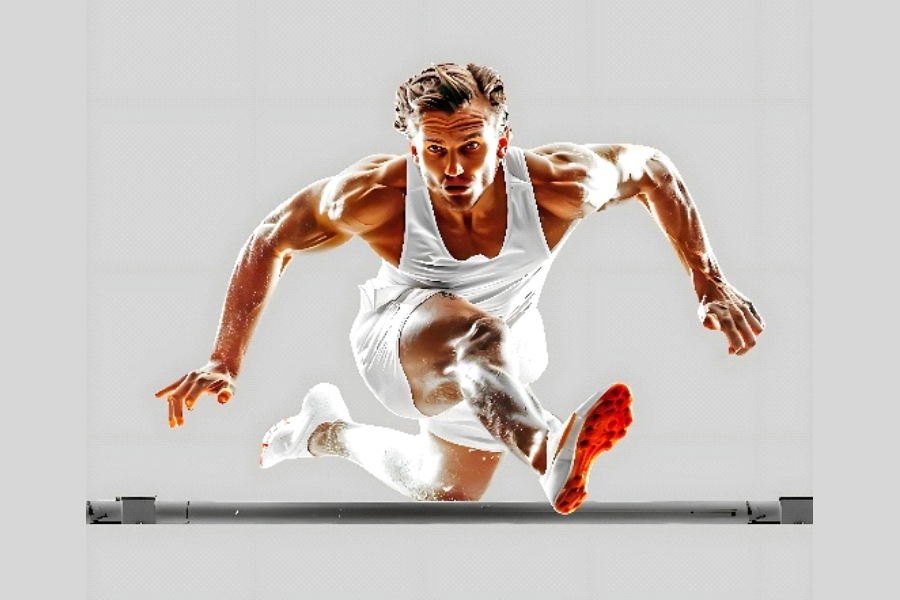How to Choose the Right Laser Device for Sports Rehabilitation
Choosing the Right Laser for Sports Injury Rehabilitation
Selecting the appropriate laser device for sports injuries is critical for achieving optimal therapeutic outcomes. When evaluating which laser therapy equipment to invest in, especially for a clinical or sports medicine setup, there are several key features that should guide your decision
1. High Power Output for Deeper Penetration
One of the most important factors is the power output of the device. Sports injuries often involve deep tissues such as large muscle groups, tendons, and joints. High-power Class IV lasers, like the K-Laser Cube 3 (up to 15W) and Cube 4 (up to 20W), ensure that sufficient energy reaches the target tissue depth. This translates to faster treatment times and superior results, especially in cases like hamstring tears, quadriceps strains, and joint capsule inflammation.
2. Multiple Therapeutic Wavelengths
The presence of multiple wavelengths enhances the laser's versatility by targeting different physiological effects simultaneously:
- 660 nm improves superficial tissue repair and skin healing
- 800 nm stimulates tissue repair, reduces inflammation, increases ATP production
- 905 nm biostimulatory effects, provides analgesic relief, induces vasodilation
- 970 nm supports deep tissue penetration and improves local circulation
Multiple wavelength technology gives it a broader treatment capability from superficial soft tissue to deeper musculoskeletal structures.
3. ISP (Intense Super Pulse) Mode
The ISP mode, exclusive to K-Laser, allows the practitioner to modulate power dynamically during treatment. It ensures safe yet powerful delivery of energy across varying tissue densities without overheating or causing discomfort. This is especially useful for acute sports injuries where tissue sensitivity is high.
4. Preloaded Clinical Protocols
Look for devices that offer pre-installed, evidence-based treatment protocols for different injuries and patient types. This not only streamlines therapy for clinicians but also ensures consistent dosing and outcomes. Both the Cube 3 and Cube 4 come with preset protocols for common sports injuries such as tendinopathies, muscle tears, bursitis, and ligament strains, allowing even new users to deliver expert-level care.
5. Dynamic and Multi-Phase Therapy Modes
The ability to combine different wavelengths and power in a single session according to the condition in different phases of session. K-Laser’s interface allows practitioners to customize these modes or use dynamic presets that automatically adapt based on the injury type, location, and treatment goal.
6. User-Friendly Interface and Portability
In high-performance environments like sports teams, time and simplicity matter. Devices like the K-Laser Cube models feature a touchscreen interface, intuitive navigation, and lightweight design, making them ideal for both in-clinic and on-field use.
7. Safety Certifications and Clinical Validation
Always choose a device that is CE-marked, FDA-cleared, and backed by peer-reviewed research. The Cube series by K-Laser meets all international safety standards, giving clinicians confidence in both safety and efficacy.





